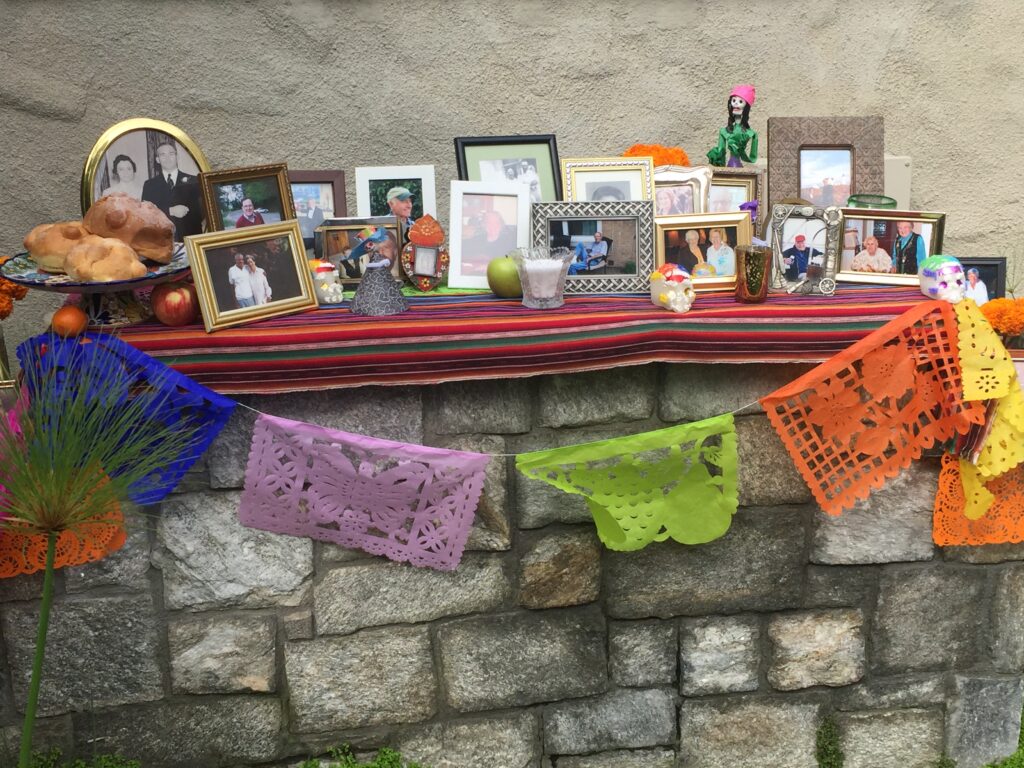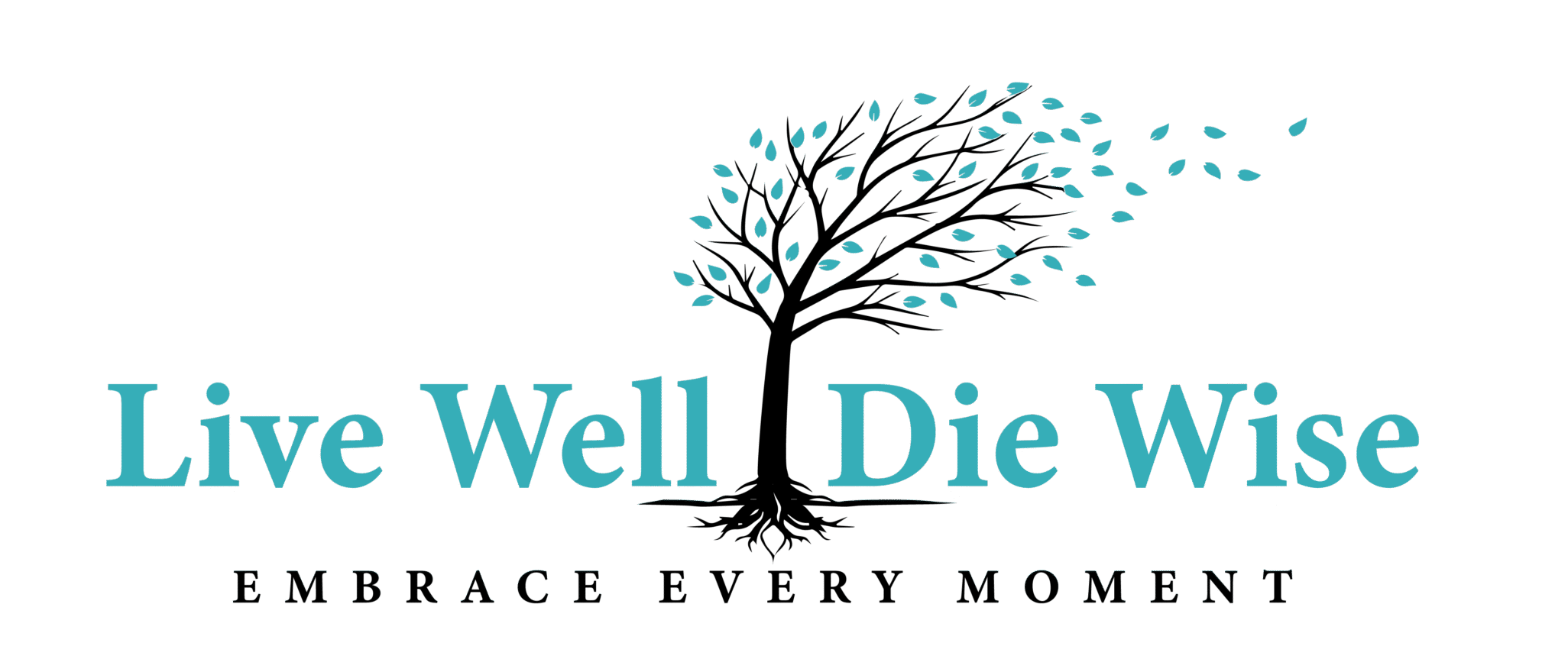Even though I grew up among Christianity, I don’t remember really hearing about the Autumn Triduum— comprising All Hallows’ Eve (October 31), All Saints’ Day (November 1), and All Souls’ Day (November 2)— the three days rooted in Christian tradition that honors the dead and celebrates the communion of saints.
While the Autumn Triduum is rooted in Christian tradition, its themes of honoring the dead and connecting with the spiritual realm are shared by many cultures and religious traditions across the world. In fact, several pre-Christian and non-Christian practices parallel or have influenced aspects of these days. Here are just a few examples:
Samhain, celebrated October 31 to November 1, was an ancient Celtic festival marking the end of the harvest season and the start of winter, a time associated with death. They believed the veil between the living and the spirit world thinned on Samhain, allowing the spirits of the dead and other supernatural beings to return to earth. The festival served as a way to honor the dead, appease these spirits, and mark the Celtic New Year by celebrating the beginning of a new cycle. Traditions included wearing costumes to ward off malevolent spirits, and leaving offerings for the dead—traditions later absorbed intoAll Hallows’ Eve (Halloween).
Día de los Muertos (Day of the Dead – Mexico and parts of Latin America):
Celebrated October 31–November 2, this indigenous tradition predates Spanish colonization and blends Aztec ritualswith Catholic practices. It honors ancestors with altars (ofrendas), food, marigolds, and festivals. Though it coincides with the Christian triduum, it maintains distinct indigenous spiritual meanings centered on celebrating, not fearing, the dead.

Feralia and Lemuria were ancient Roman festivals honoring the dead and ancestral spirits. Feralia involved offerings at tombs, while Lemuria focused on banishing harmful spirits. As Christianity spread through the Roman Empire, some customs were re-contextualized within Christian feast days like All Souls’ Day.
While the Autumn Triduum is distinctly Christian, its themes of remembrance, spiritual continuity, and honoring the dead are universal. Across time and cultures this seasonal moment often serves as a liminal space to reflect on life, death, and ancestral connection.
Every day is a great day to consider your mortality! But if we’re honest, it doesn’t come easy for most of us. Contemplating our own mortality may seem grim at first, but it’s one of the most powerful tools for living a more intentional and meaningful life. When we remember that our time is limited, we begin to see more clearly what truly matters — relationships, purpose, presence — and let go of distractions that waste our energy.
Rather than inspiring fear, awareness of death can foster gratitude. Ordinary moments become precious. Arguments lose their edge. Dreams feel more urgent. We’re reminded that someday isn’t guaranteed, which pushes us to act, speak, and love more fully now.
Philosophers, from the Stoics to the Buddhists, have long taught that death-awareness is not morbid, but liberating. It strips away illusion and invites us to live with honesty, courage, and clarity.
In the end, contemplating death isn’t about dying. It’s about waking up to life. With this in mind, I’ll be offering a FREE 1-hour webinar at the end of October. I hope you’ll consider joining me.
MORTALITY: A BRIEF EXPLORATION
